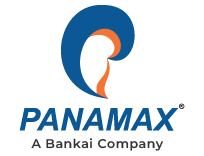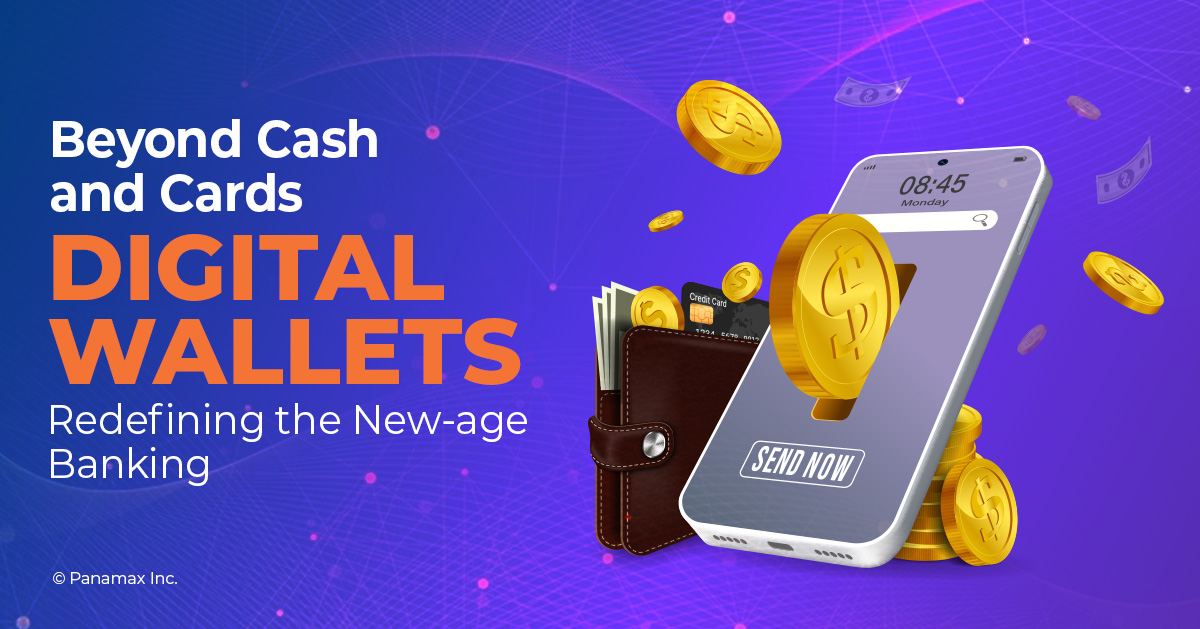Digital payments have been a significant topic in the banking and financial services sector since the emergence of payment systems that work seamlessly with mobile devices, in-app methods, and browsers. It prompts innovations from various players, from banks and digital giants to fintech companies. Versatile and user-friendly payment solutions for bulk payment and digital payment are among the prominent accomplishments in this area.
Digital wallets have become a crucial part of the new wave of digital payments, allowing users to easily and securely store their financial information and make transactions. Consumers increasingly seek convenient banking services, and digital banking has shown remarkable options in recent years. Banks that don’t keep up with these digital trends will lose markets to nonbanks, which can have a ripple effect on their business.
The latest study predicts that the number of digital wallet users worldwide will cross 5.2 billion in 2026, up from 3.4 billion in 2022, signifying an impressive growth rate of over 53%. Since mobile wallet solutions serve as one of the primary relationship gateways between banks and customers, they are bound to reshape the digital banking experience, improving banks’ approach to protecting and monetizing data.
Let’s know some appealing factors driving digital wallet popularity and how they prepare digital banking for a stronger future.
Factors Contributing to the Growing Popularity of Digital Payment Solutions
Awareness
As new digital wallets emerge and existing players improve their services, more people are becoming aware of the convenience of using mobile wallets for digital payments. The decline of cash transactions and the adoption of e-commerce drive the growing awareness among consumers about mobile wallet solutions. Wallet providers are utilizing creative marketing strategies and educating customers on financial management to promote its adoption.
Wider Acceptance
Increasing customer awareness and usage of mobile wallets have led to more merchants accepting them as a payment method, increasing customer adoption. Mobile wallets have also expanded to migrant workers who find it easier to open a mobile wallet than a traditional bank account. Digital wallets offer increased flexibility in topping up and paying for goods and services, reaching customers worldwide for regular transactions.
Online Shopping
Customers prefer digital wallets for online purchases, offering a streamlined checkout process. It provides convenient and seamless payment options for placing an order via smartphone. Today, almost all e-commerce merchants have introduced their multi-purpose digital wallets as they lead to reductions in cart abandonment rates.
Enhanced Security
Digital wallets offer enhanced security with biometric authentication, such as face recognition or fingerprint verification, making it difficult for fraud and theft. The lockout feature in digital wallets allows users to prevent unauthorized access, providing a flexible and safe way to carry money around without needing multiple credit cards or bulk cash.
How Are Digital Wallets Laying the Groundwork for a Stronger Future of Digital Banking?
Convenient and Frictionless Experience
Banks can make signing up and using payment products as convenient and seamless as possible via digital payment solutions, discouraging customers from leaving for nonbank providers. With digital wallets, banks can develop digital banking strategies focused on redesigning applications and end-to-end customer experiences.
Banks can improve customer satisfaction and save costs through smart processing technologies that deliver a one-click solution for redeeming rewards, paying bills, and resolving frauds. Digital banking via e-wallets provides a highly convenient and frictionless solution for customers, especially those who face challenges traveling to a bank or using traditional banking methods.
Promotes Customer Loyalty and Engagement
Digital wallets provide more innovative solutions and security features for effortless digital banking. It plays an important role in building customer loyalty and engagement with banks. With the convenience of mobile wallets for checking account status, transferring money, paying bills, and shopping online, customers are more open to new banking relationships. They can engage with banks according to their brand values.
Banks can partner with various businesses to introduce flexible and contactless payment methods to their e-wallets for making peer-to-peer payments and purchases over social media or at restaurants. Banks can leverage these partnerships to increase customer loyalty by promoting each other's products and services and reinforcing their shared values.
Encourages Personalized Solutions
Banks have historically underutilized the vast amounts of customer data available to them, but new technology allows for personalized rewards, features, and pricing to be offered to customers. Advanced analytics on data collected from digital wallets can be used to tailor offers on a one-to-one basis, leading to substantial gains in revenue and reduced customer churn.
Big data can allow for more customized banking based on customer lifestyle and transaction history gathered from mobile wallet solutions, which can be used to offer products specific to their life stage. For example, suppose the customer is in their 50s and approaching retirement. In that case, the bank might offer investment products focusing on income-generating assets such as bonds and dividend-paying stocks.
Drives Financial Inclusion
Digital wallets are more accessible than traditional banks since they are not restricted by location. It means that anyone can open a digital wallet and start using it immediately, which is particularly beneficial for those who live in remote or underserved areas.
With digital wallets, people in rural areas can access banking services without having to travel long distances, and they can perform simple transactions with just one touch on their smartphones. As more banks offer digital wallets, we can expect even greater accessibility and integration in remote areas with minimal geographical barriers.
Credible Response to Third-parties
Banks must collaborate with mobile wallet solution providers and digital giants to respond to the threat posed by third-party nonbanks in the digital payments space. To counter this threat, banks need to develop a simpler standard for digital payments and differentiate themselves through services such as financial insights and control.
While they can work with digital giants' wallets in the short term to increase their transaction volume, they need to ensure their cards are at the top of third-party wallets by deploying marketing, rewards, and integrated features. For example, banks can collaborate with a popular digital wallet provider to make virtual credit and debit cards available on the provider's platform with cashback rewards on eligible purchases.
Rewards and Incentives
Digital wallets can make it easy for banks to compete with other financial institutions to retain existing customers and attract new ones. Many banks already offer rewards and incentives, such as cashback and discounts, but with mobile wallet solutions, we can expect to see an increase in these programs.
It could include loyalty programs with tiered rewards based on spending or credit card points redeemable for travel, merchandise, or cash back. These programs encourage users to transact more with their banks' digital wallets that offer additional services beyond payments, such as gift cards and cashback.
Embrace the Power of Payment Solutions
Digital wallets are popular across generations as they offer benefits such as easy transactions, simplified buying processes, and contactless payment options. Digital wallets are transforming the banking industry and are expected to have a continued impact by enhancing customer service, boosting security measures, and providing additional rewards and incentives. At the crossroads of digital payment solutions and digitalization, banks can collaborate strategically with other players to capitalize on mobile transactions and revolutionize digital banking for customers. It will pave the way for strengthened digital banking by offering a hassle-free experience, fostering customer loyalty, and promoting financial inclusion and customized services.
Panamax’s MobiFin allows MNOs, MVNOs, banks, and financial institutions to roll out e-wallets seamlessly linked with their core systems to encourage easy mobile transactions and financial inclusion among customers.
Related Blogs
The Future of Mobile Payments – Top 5 Trends
Transforming the Fintech Industry with Bulk Payment Solutions


















